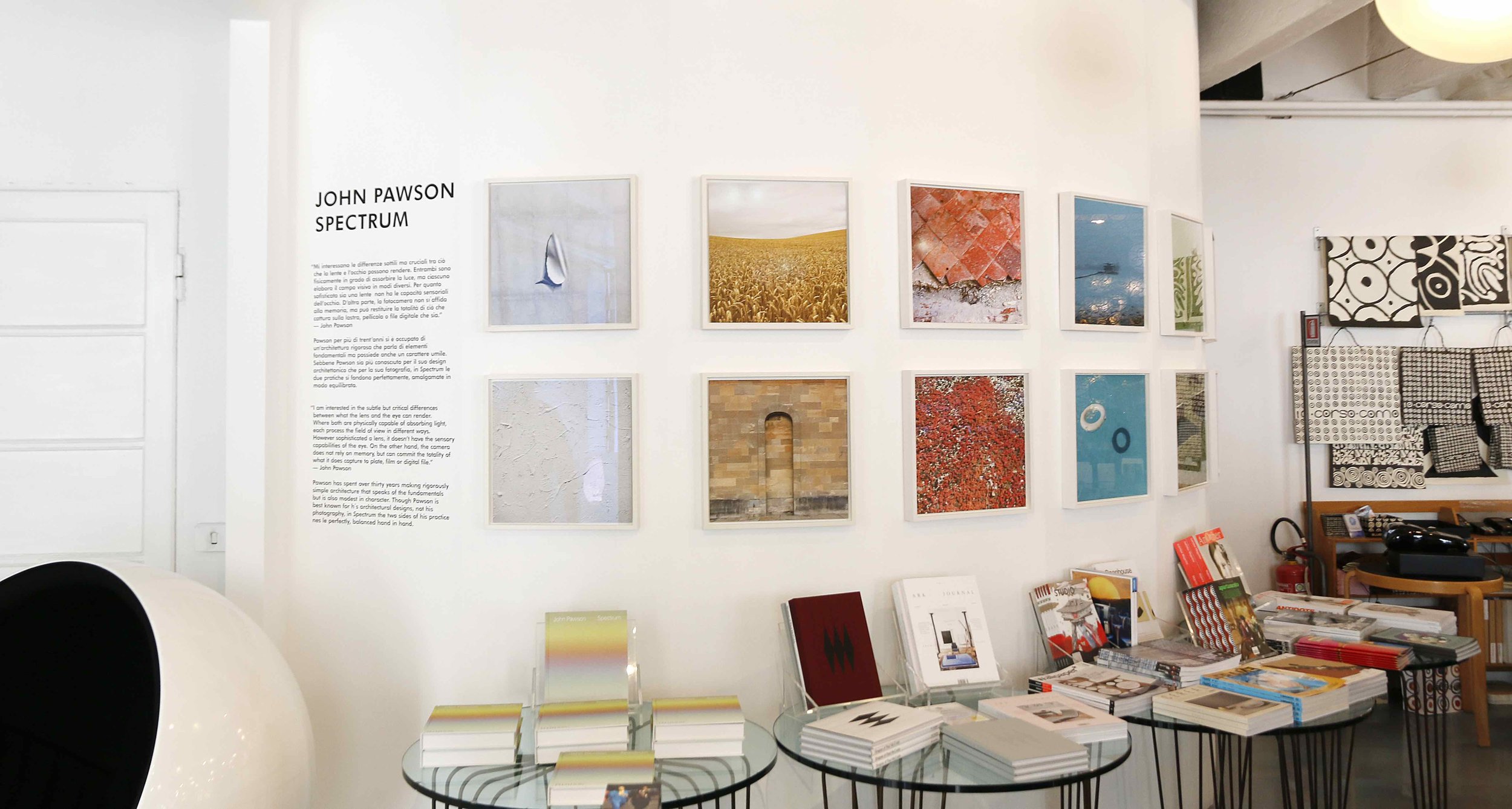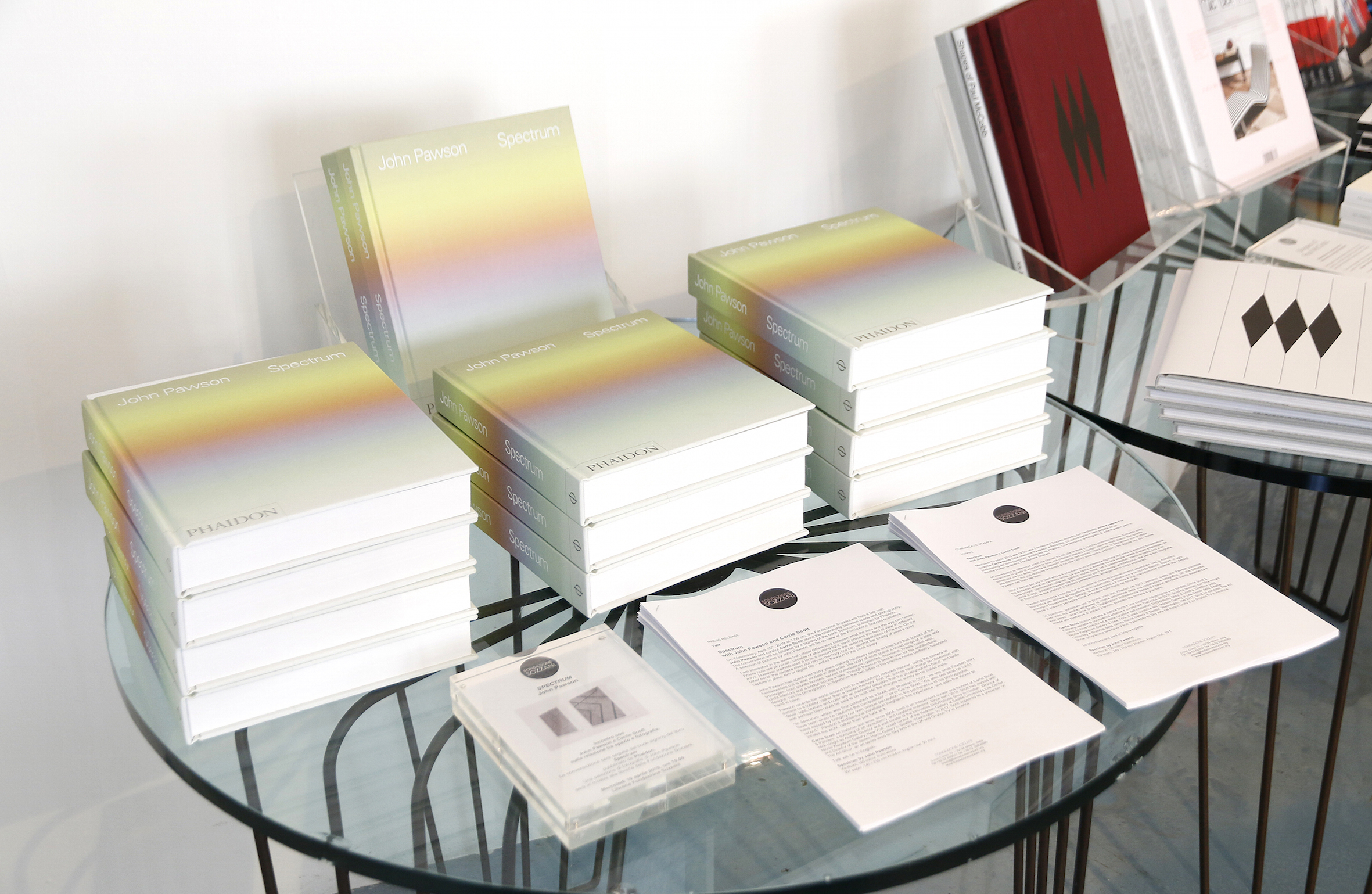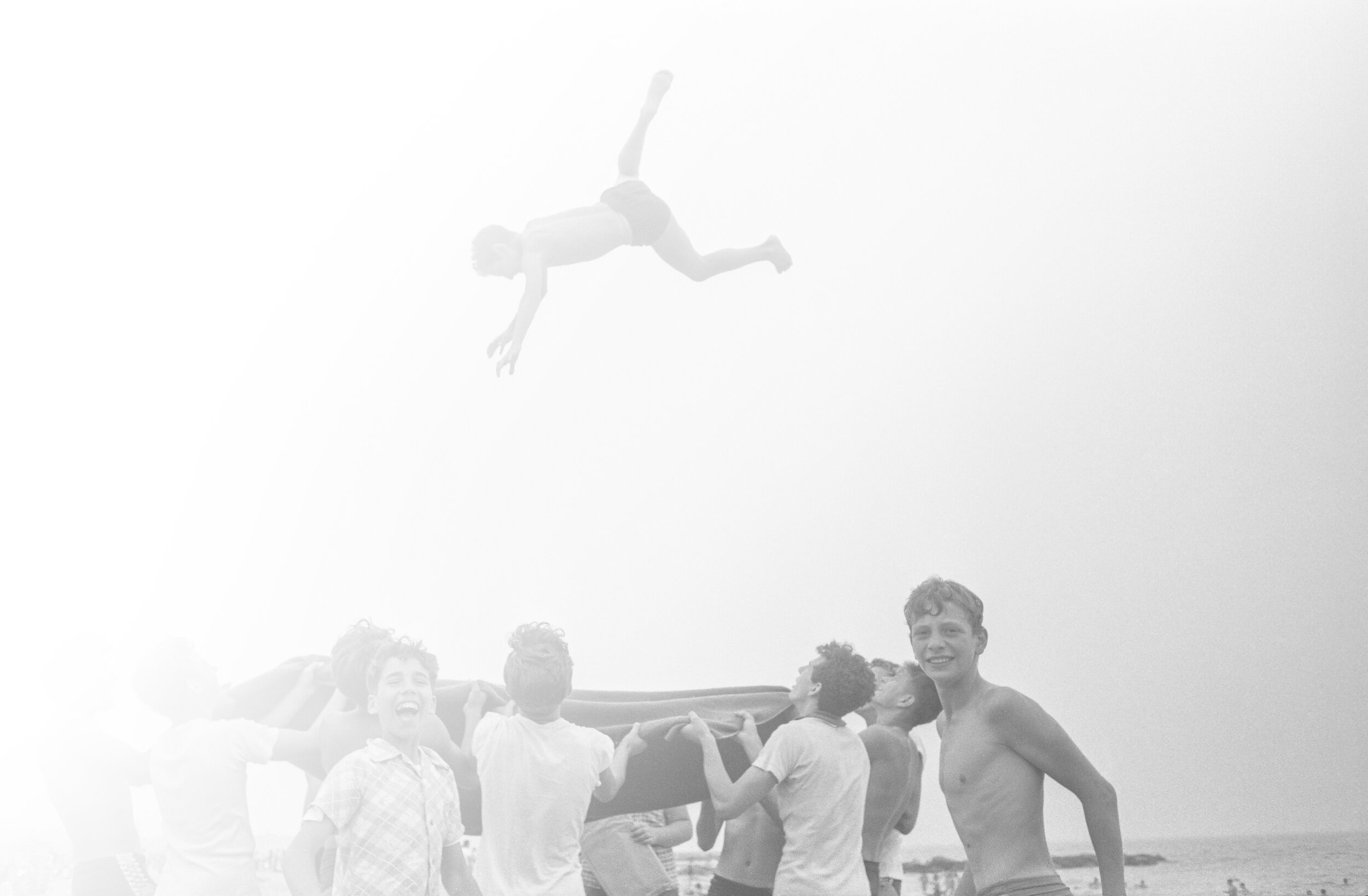John Pawson x Sozzani
A talk with John Pawson and curator Carrie Scott about the relationship between space and photography.
I am interested in the subtle but critical differences between what the lens and the eye can render. Where both are physically capable of absorbing light, each process the field of view in different ways. However sophisticated a lens, it doesn’t have the sensory capabilities of the eye. On the other hand, the camera does not rely on memory, but can commit the totality of what it does capture to plate, film or digital file – writes Pawson in the book essay.
-
John Pawson has spent over thirty years making rigorously simple architecture that speaks of the fundamentals but is also modest in character. His body of work spans a broad range of scales and typologies, from private houses, sacred commissions, galleries, museums, hotels, ballet sets, yacht interiors and a bridge across a lake. Though Pawson is best known for his architectural designs, not his photography, in Spectrum the two sides of his practice nestle perfectly, balanced hand in hand.
Pawson records the world around him in a seductively reduced manner, using the camera to commit to a totality, rather than a biased memory. And yet, across each image an obsession with detail, light, texture and color are so markedly palpable that the photographer’s hand, and taste and perhaps bias could be said to be built into the images as surely as he builds walls.
“In Spectrum, which was first published as a book with Phaidon in 2017, we see what Pawson may have seen when he captured the composition” – says Carrie Scott. “We also see what he could have missed by bringing our own unique perception to the permanence of his photographic record.” Pawson’s architectural installation heightens this experience, and asks the viewer to inhabit the work, rather than just look at it.






















